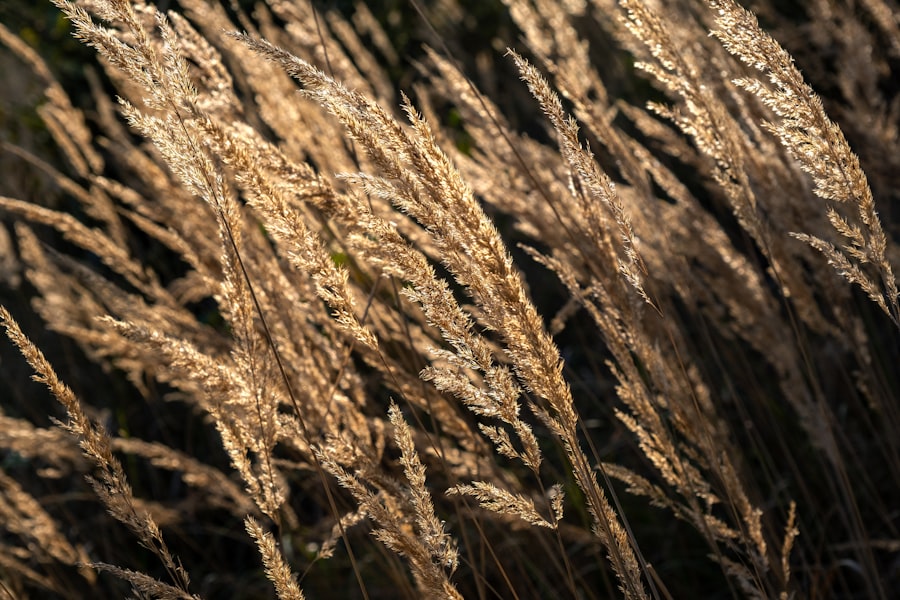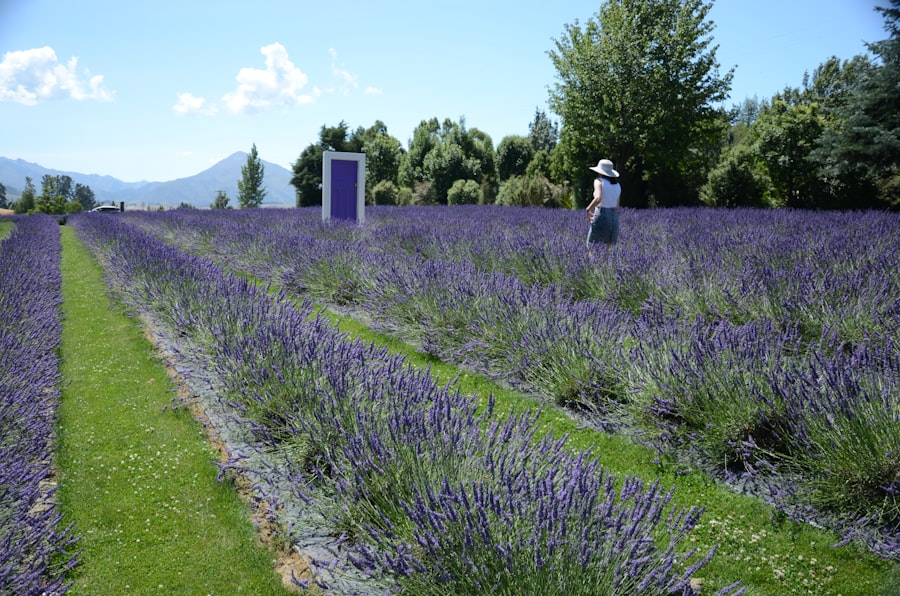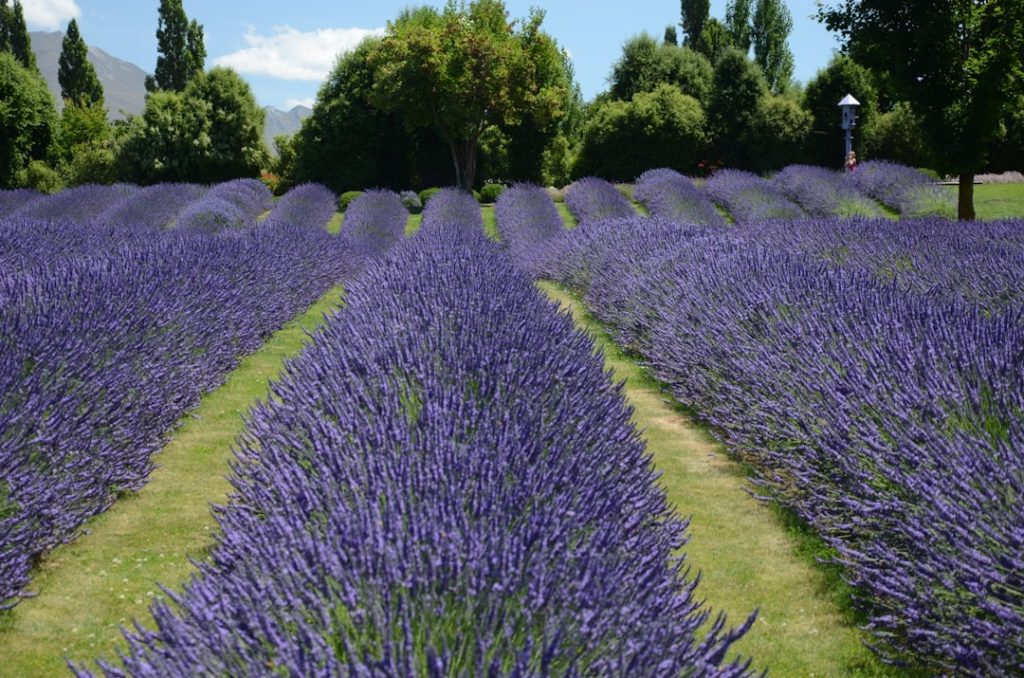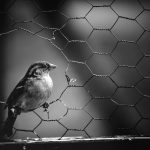Chickens serve multiple purposes beyond providing eggs and meat, including their ability to effectively manage grass length. This natural method of lawn maintenance has gained popularity among homeowners and farmers seeking sustainable alternatives to traditional mowing. Chickens possess an innate foraging behavior that involves scratching and pecking at the ground, which contributes to their effectiveness in controlling grass growth.
This article examines the natural behaviors of chickens and their impact on grass length, discusses the advantages and considerations of utilizing chickens for grass management, addresses potential challenges, and offers practical advice for successfully integrating chickens into a comprehensive grass maintenance strategy.
Table of Contents
- 1 The natural behavior of chickens and their impact on grass length
- 2 Benefits of using chickens to keep grass short
- 3 Considerations for incorporating chickens into a grass maintenance plan
- 4 Potential drawbacks of using chickens for grass maintenance
- 5 Tips for successfully using chickens to keep grass short
- 6 Conclusion and final thoughts on the role of chickens in grass maintenance
- 7 FAQs
- 7.1 What is the natural behavior of chickens in relation to grass?
- 7.2 Do chickens help keep grass short?
- 7.3 Are there any benefits to allowing chickens to keep grass short?
- 7.4 Are there any drawbacks to allowing chickens to keep grass short?
- 7.5 How can I encourage chickens to keep grass short in a specific area?
Key Takeaways
- Chickens can play a valuable role in maintaining grass length on a property
- Chickens naturally forage and scratch at the ground, which can help keep grass short
- Using chickens for grass maintenance can provide benefits such as natural fertilization and pest control
- When incorporating chickens into a grass maintenance plan, it’s important to consider factors such as breed selection and fencing
- Potential drawbacks of using chickens for grass maintenance include the need for predator protection and potential damage to garden areas
- To successfully use chickens for grass maintenance, provide adequate shelter, food, and water, and regularly rotate their grazing areas
- Chickens can be a valuable and sustainable tool for maintaining grass length on a property, but it’s important to carefully consider the practicalities and potential challenges of incorporating them into a grass maintenance plan.
The natural behavior of chickens and their impact on grass length
Grass Maintenance through Scratching
As chickens scratch at the ground, they disturb the soil and create small patches of bare earth. This disturbance prevents the growth of tall grass and weeds, resulting in a well-maintained and manicured lawn or pasture. Additionally, the constant pecking and grazing of chickens help to keep the grass short and even, creating a more aesthetically pleasing landscape.
Dust Bathing and Grass Length
Chickens also have a natural instinct to dust bathe, which involves rolling around in loose soil or dust to clean themselves and control parasites. This behavior further contributes to grass maintenance as it creates small depressions in the ground, preventing the growth of tall grass and promoting a more uniform grass length.
A Sustainable Option for Grass Maintenance
Overall, the natural behavior of chickens has a positive impact on grass length, making them an effective and sustainable option for grass maintenance.
Benefits of using chickens to keep grass short

There are numerous benefits to using chickens for grass maintenance. Firstly, chickens provide a natural and sustainable solution to keeping grass short without the need for harmful chemicals or expensive equipment. Their constant foraging, scratching, and grazing help to control grass growth, resulting in a well-maintained lawn or pasture.
Additionally, chickens contribute to soil health by aerating the ground with their scratching behavior, promoting better water infiltration and nutrient absorption. This can lead to healthier and more vibrant grass growth. Furthermore, incorporating chickens into a grass maintenance plan can also reduce the need for mowing, saving time and effort for homeowners and farmers.
This can be particularly beneficial for large properties or areas with challenging terrain where traditional mowing equipment may be difficult to use. Additionally, using chickens for grass maintenance can also provide additional benefits such as pest control, as they consume insects and pests that may damage the grass. Overall, using chickens to keep grass short offers a range of benefits that make them an attractive option for sustainable grass maintenance.
Considerations for incorporating chickens into a grass maintenance plan
While using chickens for grass maintenance can be beneficial, there are several considerations to keep in mind when incorporating them into a grass maintenance plan. Firstly, it is important to consider the number of chickens needed to effectively maintain the desired grass length. The number of chickens required will depend on the size of the area to be maintained and the intensity of their grazing behavior.
It is essential to strike a balance between having enough chickens to control grass growth without overgrazing and damaging the grass. Another consideration is the type of grass and vegetation present in the area. Some grass species may be more resilient to grazing pressure than others, so it is important to choose breeds of chickens that are compatible with the specific grass types in the area.
Additionally, it is important to provide adequate shelter and protection for the chickens to ensure their well-being and safety while they are grazing. This may include providing access to shade, water, and protection from predators.
Potential drawbacks of using chickens for grass maintenance
While using chickens for grass maintenance offers numerous benefits, there are also potential drawbacks to consider. One potential drawback is the risk of overgrazing if the number of chickens is not carefully managed. Overgrazing can lead to bare patches in the grass and soil erosion, which can have negative effects on the overall health of the lawn or pasture.
Additionally, chickens may also cause damage to certain plants or landscaping features in the area if not properly managed. Another potential drawback is the presence of chicken droppings, which can accumulate in the area being grazed. While chicken manure can provide valuable nutrients to the soil, excessive accumulation can lead to an unpleasant odor and potential nutrient imbalances in the soil.
It is important to manage the presence of chicken droppings through regular cleaning and rotation of grazing areas to prevent these issues.
Tips for successfully using chickens to keep grass short

Managing Chicken Numbers and Grazing Areas
Carefully managing the number of chickens in relation to the size of the grazing area is crucial. This may involve rotating grazing areas or adjusting the number of chickens based on the growth rate of the grass.
Providing a Balanced Diet and Preventing Overgrazing
Providing access to a diverse range of vegetation and forage can help prevent overgrazing and ensure that the chickens receive a balanced diet. Regularly monitoring the condition of the grass and soil is also essential to ensure that the chickens are not causing damage through overgrazing or soil compaction.
Implementing Rotational Grazing and Ensuring Chicken Welfare
Implementing rotational grazing practices can help prevent overgrazing and promote healthier grass growth. Additionally, providing adequate shelter, water, and protection from predators is essential for ensuring the well-being of the chickens while they are grazing.
Conclusion and final thoughts on the role of chickens in grass maintenance
In conclusion, chickens can play a valuable role in maintaining grass length through their natural foraging and scratching behavior. Using chickens for grass maintenance offers numerous benefits such as sustainability, reduced mowing requirements, improved soil health, and pest control. However, it is important to carefully consider factors such as the number of chickens needed, compatibility with specific grass types, and potential drawbacks such as overgrazing and waste management.
By implementing careful management practices and providing adequate care for the chickens, it is possible to successfully incorporate them into a grass maintenance plan while reaping the benefits they offer. With proper planning and consideration, using chickens for grass maintenance can be an effective and sustainable solution for maintaining well-manicured lawns and pastures.
If you’re interested in learning more about how chickens can help keep grass short, check out this article on farmhouse chicken coops. It discusses the benefits of allowing chickens to roam and graze in a designated area, which can help naturally maintain the length of the grass.
FAQs
What is the natural behavior of chickens in relation to grass?
Chickens are natural foragers and enjoy pecking and scratching at the ground, including grassy areas. They will eat grass, insects, and other small plants as part of their natural diet.
Do chickens help keep grass short?
Yes, chickens can help keep grass short in a certain area by pecking and scratching at it. Their foraging behavior can help control the growth of grass and other vegetation in their immediate vicinity.
Are there any benefits to allowing chickens to keep grass short?
Allowing chickens to keep grass short can have several benefits. It can help control the growth of grass and other plants in a specific area, which can be useful for landscaping or gardening purposes. Additionally, the chickens’ foraging behavior can help aerate and fertilize the soil.
Are there any drawbacks to allowing chickens to keep grass short?
One potential drawback of allowing chickens to keep grass short is that they may overgraze certain areas, leading to bare patches of soil. This can be managed by rotating the chickens to different areas or providing them with a larger space to forage.
How can I encourage chickens to keep grass short in a specific area?
To encourage chickens to keep grass short in a specific area, you can use temporary fencing to confine them to that area for a period of time. This will allow them to forage and graze in that space, helping to control the growth of grass and other vegetation.
Meet Walter, the feathered-friend fanatic of Florida! Nestled in the sunshine state, Walter struts through life with his feathered companions, clucking his way to happiness. With a coop that’s fancier than a five-star hotel, he’s the Don Juan of the chicken world. When he’s not teaching his hens to do the cha-cha, you’ll find him in a heated debate with his prized rooster, Sir Clucks-a-Lot. Walter’s poultry passion is no yolk; he’s the sunny-side-up guy you never knew you needed in your flock of friends!







